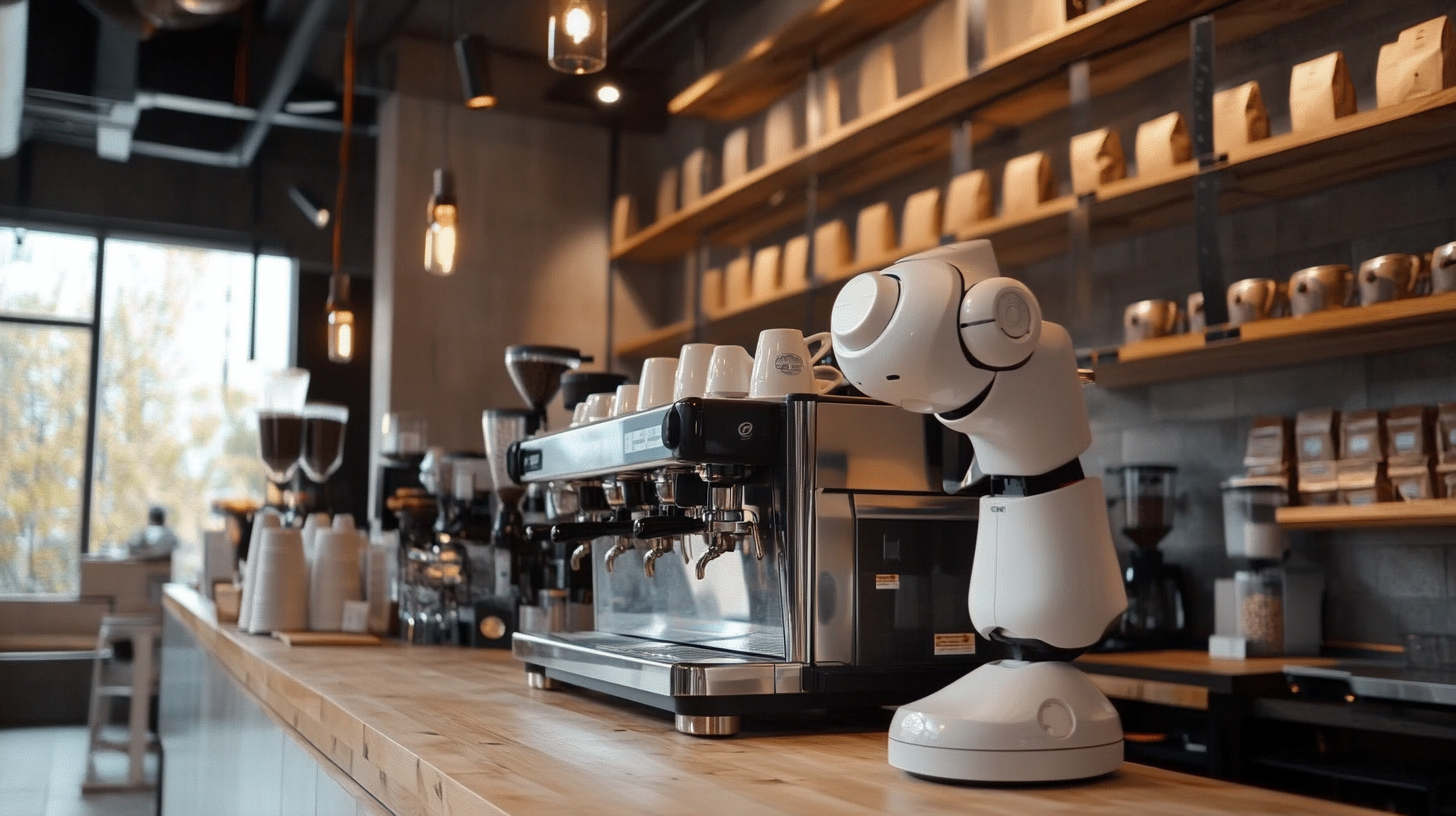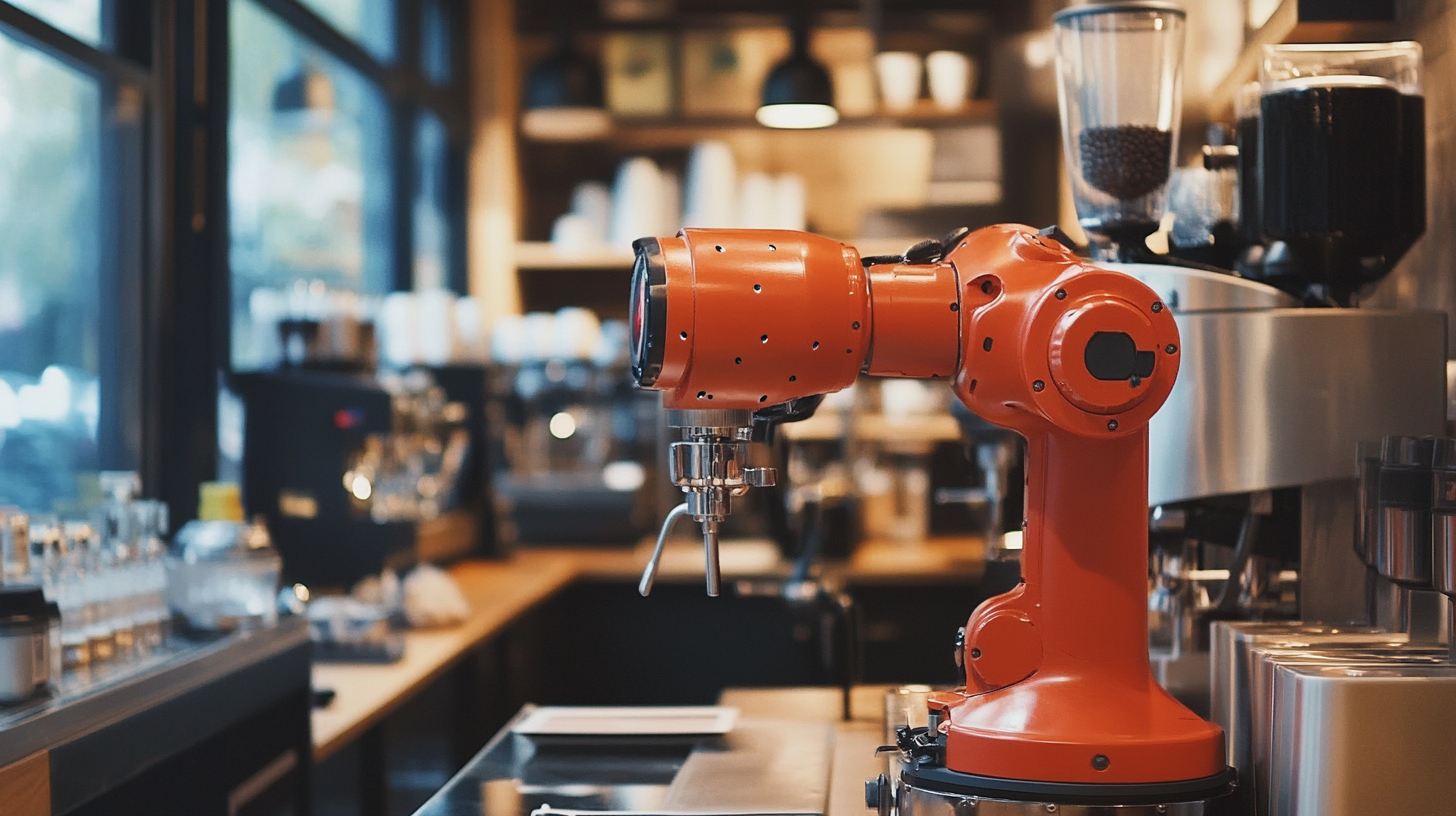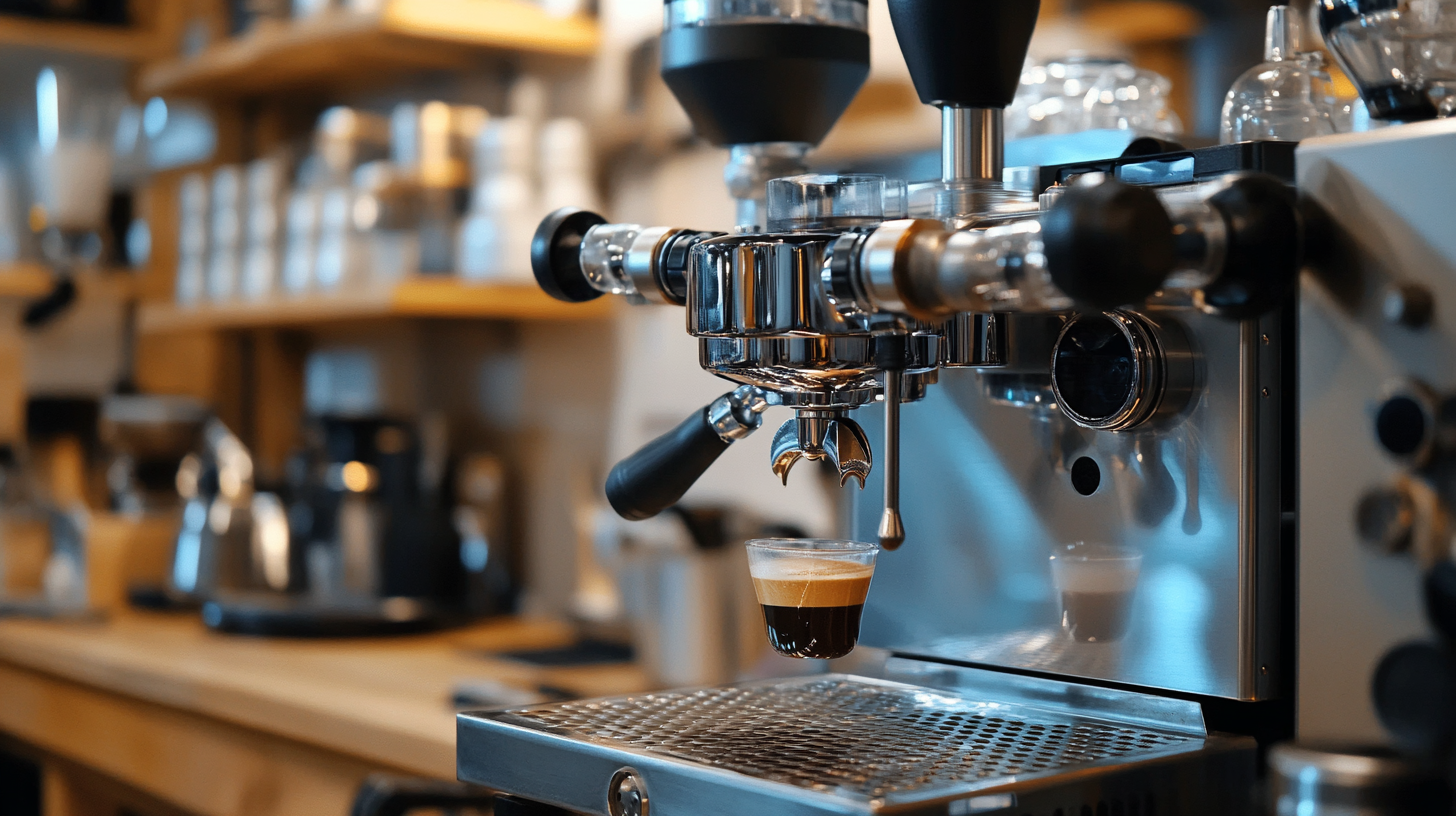Unlocking Profit Potential with Robot Coffee Shops A Comprehensive Guide for Global Buyers
In recent years, the coffee industry has witnessed a paradigm shift with the emergence of the robot coffee shop, which combines automation with consumer convenience to create a unique café experience. According to a McKinsey report, the global coffee market is expected to reach $155 billion by 2026, highlighting the vast potential for innovative business models. As labor costs continue to rise and consumer preferences evolve towards speed and efficiency, robot coffee shops are becoming increasingly attractive to investors and entrepreneurs alike. A study by MarketsandMarkets forecasts a compound annual growth rate (CAGR) of 19.3% for the robotics market in food services by 2025, indicating a significant shift towards automation in the hospitality sector. This comprehensive guide will explore the intricacies of robot coffee shops, revealing how global buyers can unlock their profit potential in this burgeoning market.

The Rise of Automated Retail: Understanding the Coffee Shop Robot Market Dynamics
The automated retail sector is undergoing a remarkable transformation, particularly in the realm of coffee shops, where robotic solutions are becoming increasingly prevalent. The emergence of robot coffee shops represents a pivotal shift in consumer preferences and operational efficiencies. As the pandemic spurred the growth of the "unmanned economy," consumers have become more receptive to innovative, contactless experiences. The blend of affordability and high-quality coffee provided by robotic baristas is redefining the coffee market, showcasing the potential for automation to bridge the gap between quality and convenience.
With traditional coffee shops facing challenges such as rising operational costs and labor shortages, the influx of automated solutions offers a promising alternative. High-profile companies like Ratio are pioneering this trend by employing robots to craft both coffee and cocktails, heralding a new era for the food and beverage industry. As the coffee culture, so deeply rooted in Western lifestyles, continues to evolve, these robotic innovations not only enhance service efficiency but also create unique consumer interactions, setting the stage for a new standard in coffee retail. The rise of automated coffee shops exemplifies how technology can revitalize familiar experiences while meeting the demands of a dynamic market.

Key Industry Statistics: Analyzing Growth Projections in Robot Coffee Shops
The coffee shop industry is undergoing a significant transformation, particularly with the rise of robot coffee shops. As analyzed in recent reports, the global coffee franchise market is projected to grow from $96.6 billion in 2023 to $105.83 billion in 2024, indicating a robust compound annual growth rate. This growth underscores the increasingly competitive landscape dominated by major players like Starbucks and McDonald's. Meanwhile, the integration of automation is becoming increasingly prevalent, driven by consumer demand for efficiency and enhanced experiences.
Key statistics reveal that small coffee shops, on average, generate an annual income ranging from $60,000 to $160,000, which translates to roughly $2 in daily profit. This limited profitability highlights the importance of innovative solutions, such as robot coffee shops, to optimize operations and maximize revenue. The projected growth in robotics within the hospitality sector, with a CAGR of 35.14% for the robot waiter market, suggests a parallel evolution in coffee service automation, paving the way for exciting new opportunities in the coffee industry. As global buyers explore the profit potential of robot coffee shops, understanding these growth projections is vital for capitalizing on this burgeoning market.
Operational Efficiency: How Automation Reduces Labor Costs and Boosts Margins
In today's competitive market, the introduction of robot coffee shops is transforming the traditional café landscape, particularly in terms of operational efficiency. By automating various aspects of the coffee-making process, these establishments significantly reduce labor costs, allowing owners to allocate resources more strategically. With the ability to operate round-the-clock without the constraints of human labor, robot coffee shops maximize productivity and minimize overhead, creating a profitable business model that appeals to global buyers.
Moreover, automation enhances consistency and quality in beverage preparation, ultimately boosting customer satisfaction. Robots equipped with advanced technology can ensure that every cup of coffee meets the highest standards, leading to repeat business and fostering customer loyalty. As labor markets fluctuate and costs rise, investing in automation not only addresses current financial pressures but also positions coffee shops to thrive in an evolving marketplace. Embracing this innovative approach enables entrepreneurs to unlock their profit potential and redefine conventional coffee shop operations.
Profit Potential of Robot Coffee Shops
This pie chart illustrates the various factors contributing to the profit potential of robot coffee shops. Labor cost reduction plays a significant role, followed by increased sales, operational efficiency, and market expansion. Each segment highlights how automation impacts overall profitability.
Consumer Trends: The Impact of Technology on Coffee Shop Customer Experience
The coffee shop landscape is rapidly evolving, driven by technological advancements and changing consumer preferences. One notable trend is the increasing integration of AI in enhancing customer experiences. As more consumers seek personalized interactions, coffee shops are leveraging technology to create tailored offerings, improving both the service and the environment in which customers enjoy their beverages. This shift not only meets customer expectations but also fosters brand loyalty, as patrons feel more valued and understood.
Starbucks, as a leader in the coffee industry, exemplifies how technology can reshape customer engagement. Through mobile apps that facilitate easy ordering, payment options, and rewards systems, the brand enhances convenience and efficiency, attracting tech-savvy customers. Moreover, the potential growth in the specialty coffee market underscores the need for coffee shops to innovate continuously. With estimates predicting significant market expansion, businesses must adapt to leverage these opportunities, ensuring they can meet the evolving tastes and preferences of a diverse clientele.
Unlocking Profit Potential with Robot Coffee Shops
| Aspect | Value |
|---|---|
| Market Growth Rate | 18% CAGR |
| Initial Investment | $100,000 - $300,000 |
| Average Annual Revenue | $500,000 - $800,000 |
| Customer Satisfaction Rate | 93% |
| Technology Integration Types | Mobile Apps, AI Ordering, Touchless Payments |
| Prime Locations | Urban centers, College campuses, Business districts |
| Influential Trends | Health Consciousness, Sustainability, Convenience |
Global Expansion: Evaluating Market Opportunities for Robot Coffee Shops Worldwide
The global coffee market continues to flourish, with coffee consumption steadily rising year after year. Amidst this booming industry, robot coffee shops present a unique opportunity for innovative entrepreneurs looking to capitalize on emerging trends. Evaluating market opportunities for these automated coffee services worldwide involves understanding regional preferences, technological readiness, and consumer interests.
In regions with a tech-savvy population, such as parts of Asia and North America, robot coffee shops can thrive by offering convenience and efficiency. These locations often boast high foot traffic and a willingness to embrace new technologies, making them ideal candidates for robotic baristas. Conversely, markets in Europe may prioritize quality and artisanal experiences, prompting a need for a balanced approach that combines robotic efficiency with personalized service.
Market entry strategies should not only consider operational logistics but also regional regulations and consumer culture. Through careful analysis of local market dynamics and strategic partnerships with technology providers, global buyers can effectively tap into the potential of robot coffee shops, ultimately redefining the way coffee is brewed and enjoyed around the world.

